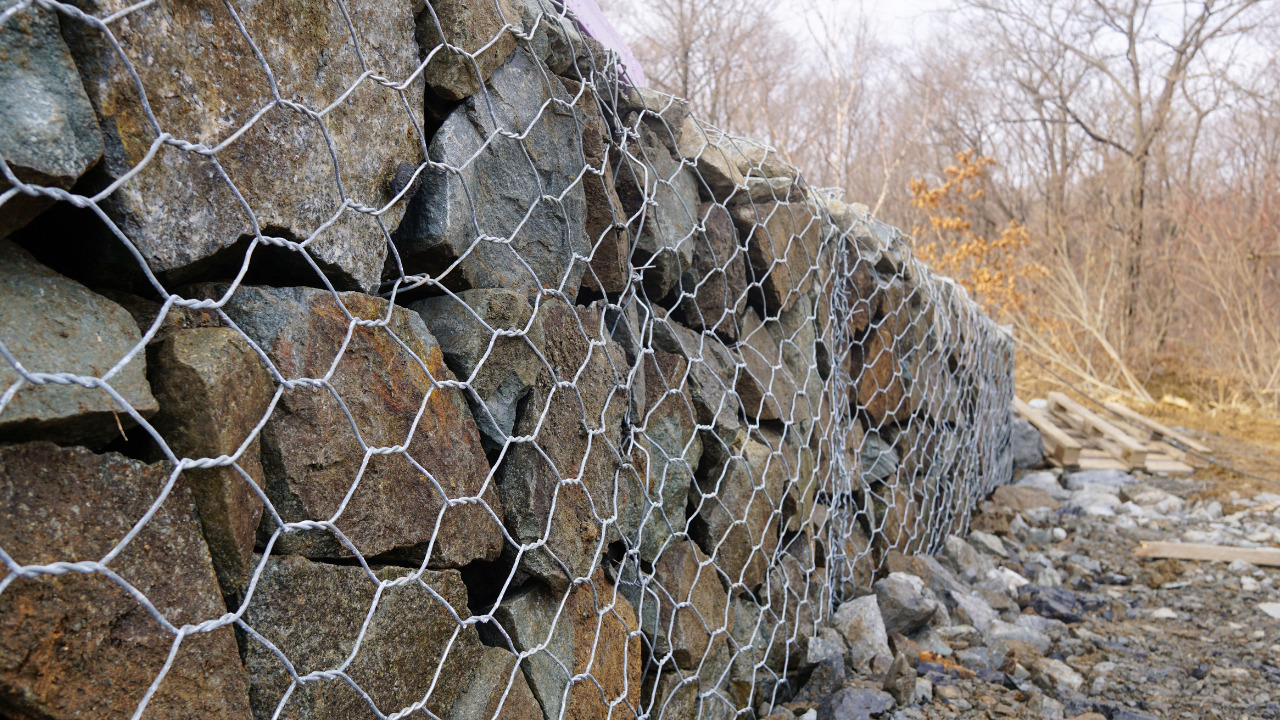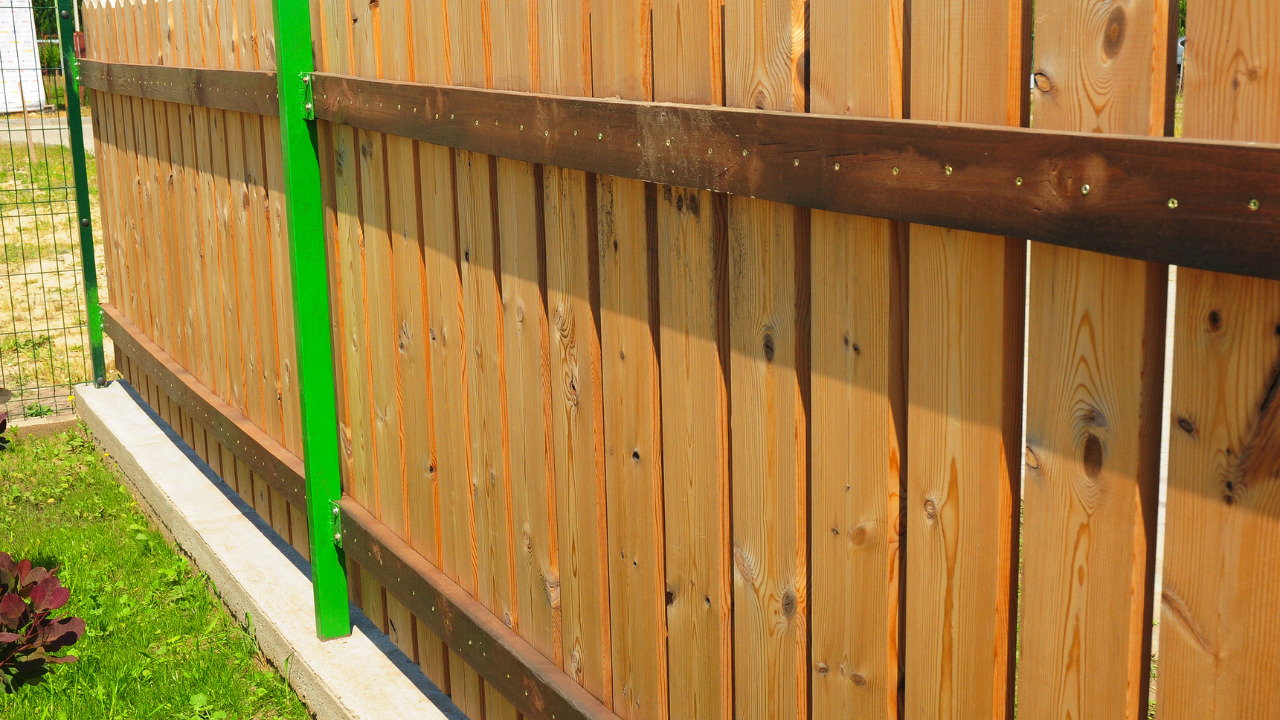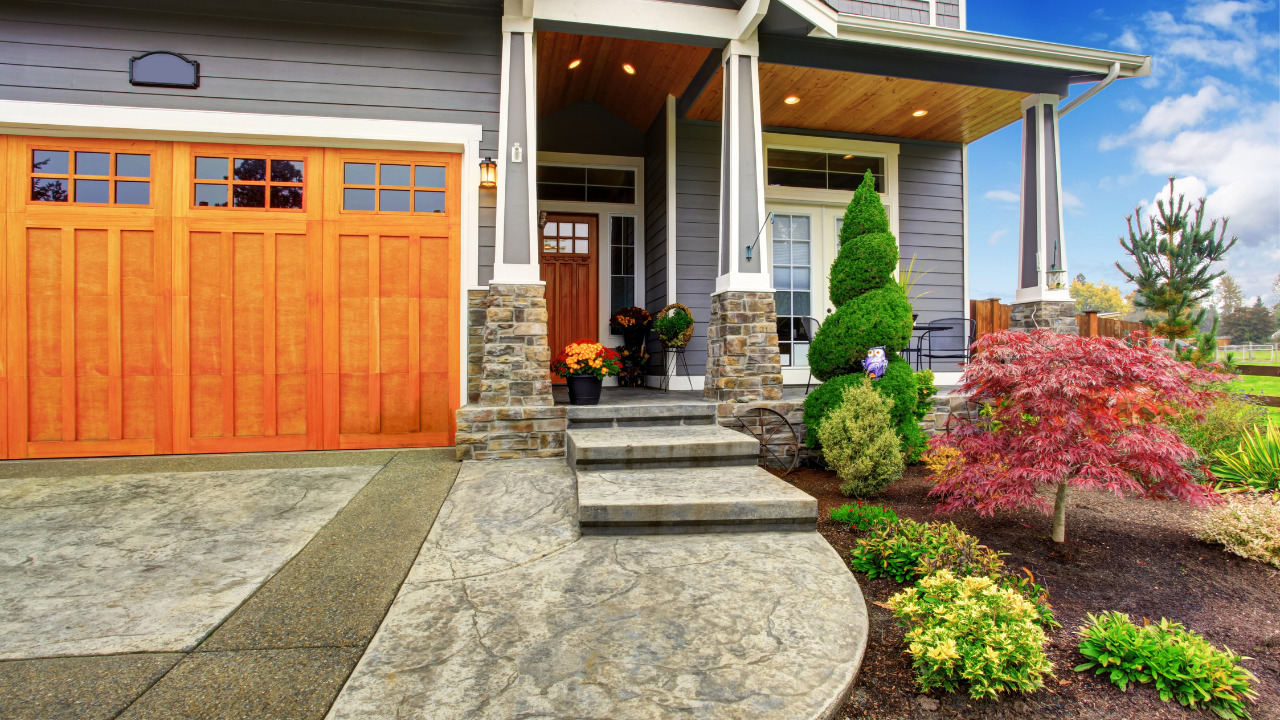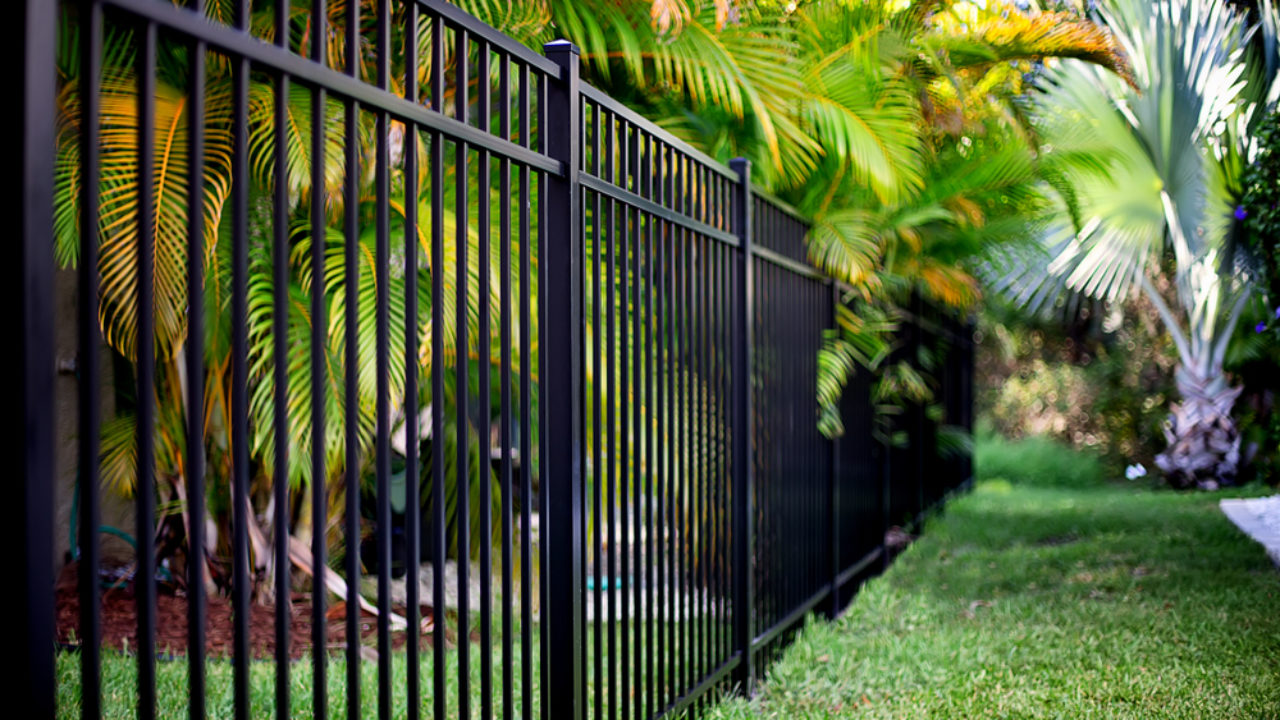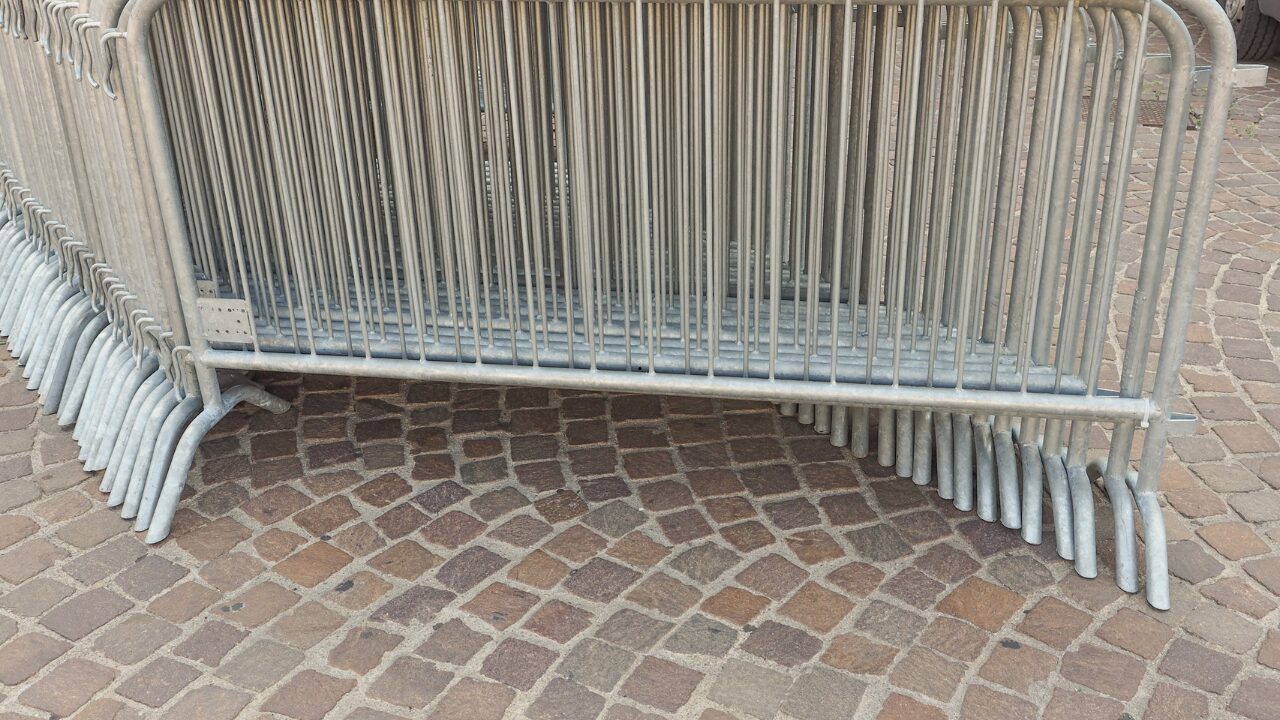Despite its frightening appearance, erecting a fence on or behind a retaining wall is simple. Around retaining walls, fences and railings are typical. Is it possible that your retaining wall might be unable to handle the addition of a fence?
This can happen if the walls are too short or insufficiently sturdy material. A fence can still be built in these situations; it just needs to be three feet behind your blocks. A fence here can relieve some of the load on the retaining wall’s foundation.
A retaining wall is a construction made of various materials to keep the soil behind it in place. Despite the large range of materials available for retaining walls, it’s best to pick one that will hold up against the elements. Wouldn’t it be nice if you didn’t have to rebuild your wall every so often?
Table of Contents
Why Do You Need To Attach A Fence To A Retaining Wall?
A retaining wall can have a fence added to it. Adding a fence to a retaining wall enhances seclusion and safety in landscaping. While a fence is unnecessary for every wall, having one can benefit some. Your plans for a retaining wall can include a fence.
Consider including the fence in your design if you’re building the wall yourself. Because of this, erecting the fence is significantly simpler. If you’re using poured concrete, the fence can be put right into the concrete.
But if you’re mounting a fence on a wall you didn’t build, check with an engineer to ensure it’s sturdy enough. The fence should not be built on the wall but rather behind it. When a wall can’t sustain a fence, constructing a retaining wall is the best option because it can have its footing.
A Few Considerations Before Installing A Fence To A Retaining Wall
Many variables must be considered while constructing a fence on a retaining wall. Like any other home improvement, planning for your project is as important as the construction itself. You must comply with your building approval before beginning any yard wall improvements.
Any land excavation requires the majority of council authorization. This rule applies to any excavation part of a project’s construction or construction. If you’ve ever built a retaining wall, you’re already familiar with how it works.
Check A Local Council For Permission
Check with your local government to see if permission is required if this is your first time. It’s vital to note that the change in ground level is what’s being measured. The real height difference from the ground must be less than one meter if you wish to build a tiered retaining wall. Otherwise, you’ll need to get permission for your wall.
Your neighbor should be notified. You wouldn’t want your neighbor to begin work on your lawn without informing you, would you? Even if you don’t need council permission, this should be done. It would help if you gave notice of your plan to perform the work and the nature of the work.
Ways To Build A Fence On A Retaining Wall
Fences are frequently erected on top of retaining walls. Surface mounting, face mounting, embedding a fence, and employing a post-in system are all options for adding a fence to your wall. Your approach may be determined by the strength of your retaining wall, the material you used to construct it, and the height of your fence.
Build A Fence Yourself
Every fence can withstand a certain amount of weight. Remember that a fence adds overturning force to your wall, which we always tell folks. Because heavy winds can blow over fences, adding additional weight to your retaining wall.
A well-designed and well-built retaining wall can help you avoid future problems, such as your wall collapsing at the top.
The trick is to think about what you’ll use for your wall and what you’ll need for your fence. Make sure the wall is strong enough to withstand the force. Choose a strong material to hold soil while withstanding a fence’s added weight.
1) Anchor The Fence To The Concrete Wall Directly
Surface-mounted fences are ideal for retaining walls that have already been poured. This approach involves using plates and anchor bolts to secure the fence to the concrete. Before laying your fence, mark your holes and drill out the concrete.
Each construction strategy has its own set of difficulties. Before beginning a project, you should always get the help of competent builders and double-check local building codes.
2) Attach The Fence To The Sides Of the Retaining Wall
Attaching your fence to the sidewalls of your retaining wall is another mounting option. You’ll use side mounting plates and anchor bolts with this option. You can use an embedding method to simultaneously create your retaining wall and fence.
This entails mounting and stabilizing your fence posts using your poured concrete. This is one of the most powerful ways to secure your content.
3) Install The Fence On The Top Of The Wall
The most difficult of the three is putting your fence post on the wall block. Before installing anything, you’ll need an engineer to examine your wall. If your wall is almost four hundred mm tall, the fence can be placed immediately on top of it. Make sure your fence post passes through your wall blocks and is concreted in place.
This post-in technique is another option for installing a fence without jeopardizing the stability of your retaining wall. Cantilevered anchoring slabs attached underground behind your wall are used in this arrangement. The device acts as a counterbalance, allowing you to optimize the space available on your property.
Benefits Of Installing A Fence To A Retaining Wall
A retaining wall is a fence built to keep soil where it belongs behind the wall. A retaining wall is a strong structure that holds a section of soil together and is used to stabilize soil and prevent erosion. It can be built from a variety of materials.
You would want to install a fence on your retaining wall for several reasons. Do not forget that a retaining wall has a varied elevation between the ground level above and below it.
Property’s Security
Adding a privacy fence to the top of a retaining wall is a great way to increase your privacy level. Especia
Perhaps a portion of your yard, pathway, or dining area is behind your wall. If so, a fence is necessary to stop people or animals from falling over. The retaining wall can be covered with a fence to create a secure area above the fence.
Improve Home Curb Appeal
You might wish to build a fence on top of the retaining wall for a distinct look. To create a fall barrier, pour concrete atop the retaining wall higher than necessary. But you’d much rather have a fence. A fence can provide a bit more color while maintaining your sense of security and seclusion.
Remember that an engineer should evaluate any retaining wall fence option you are thinking of to guarantee the continued integrity of the wall itself once the fence is installed.
Frequently Asked Questions
Is it good to install a fence on a retaining wall?
Of course, yes! Using a fence post foot is one option for attaching the panels to the wall if the wall is constructed with double or more brick thickness, is sturdy and solid, and you are using a trellis or panels that are quite short.
What are the ways to cover a retaining wall?
Utilize sizable ornamental plants, such as shrubs or tropical types. If properly cared for, climbing plants, which tend to grow quickly, could also be an excellent choice because they will quickly cover the surface of your retaining wall.
Do you need to level the top of the retaining wall?
It would be best to make the first course completely level because it serves as the foundation for the remainder of the wall. If not, succeeding rows won’t be level, creating an ugly, uneven retaining wall.
Final Words
You may add a fence to your retaining walls, and many people do. Fences can be built above, in front of, or behind a retaining wall. A fence can improve your home’s safety, security, and privacy. If you are putting a fence on top of an existing wall, you must consider the integrity and strength of the existing wall.
On the other hand, a fence can be used to protect your retaining wall. Hopefully, this guide will help you construct your fence.
Whether you hire a professional or do it yourself depends on your plans and how you want to design your yard. The height of your retaining wall will influence your decision. Remember that there are several elements to consider, and thorough planning will yield better outcomes.





